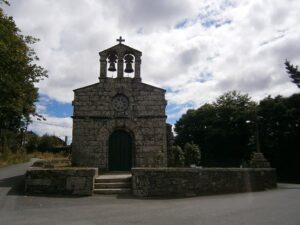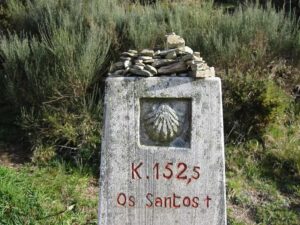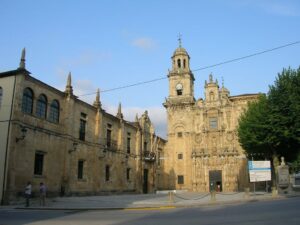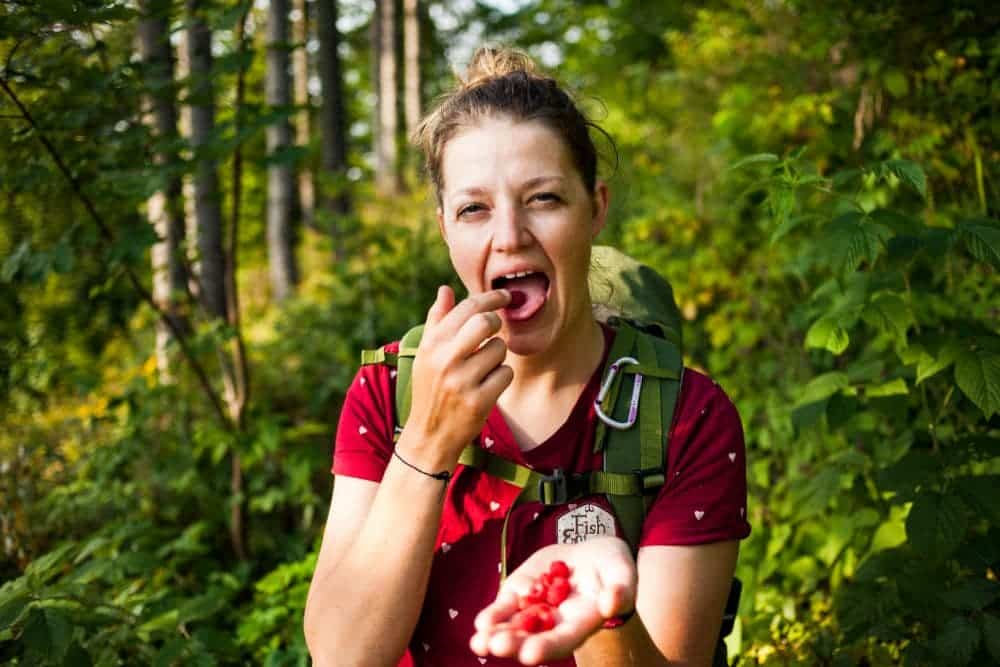
Embarking on the Camino de Santiago is a rewarding experience, and maintaining a balanced diet is essential to fully enjoy every step. If you’re vegetarian or vegan, this article will provide you with practical tips on how to plan your meals, find suitable options, and keep your energy up throughout the pilgrimage.
Learn how to eat well while walking the Camino and resolve any doubts you may have about healthy eating on the route.
Índice de contenidos
Understanding Nutritional Needs on the Camino
During this spiritual journey, it is crucial to maintain a balanced diet. For this reason, having access to expert guides for the Camino de Santiago can be very helpful. They can ensure you get the necessary macronutrients to support long walking days, maintaining the energy and endurance needed to fully enjoy the adventure along the Camino Primitivo from the mountains.
- Firstly, carbohydrates are the primary source of energy, essential for sustaining continuous physical effort. They help maintain pace and vitality throughout the day, especially on the more challenging sections of the Camino.
- In the case of proteins, they are essential for muscle repair and building, crucial after long walks. They help prevent fatigue and improve physical performance, ensuring that the body recovers properly each night.
- While healthy fats provide long-lasting energy and are necessary for important bodily functions. They also contribute to a balanced and nutritious diet, supporting overall health and well-being throughout the pilgrimage.
Furthermore, it’s important to diversify the sources of these nutrients, including legumes, nuts, seeds, and whole grains. All of these foods are excellent options for those following a vegetarian or vegan diet, ensuring a complete and balanced nutrition.
Meal Planning

Planning your meals is crucial to maintaining a balanced diet during any route, such as the coastal Camino from Santiago to Finisterre. The goal is to ensure energy and well-being every day, adapting to the needs of vegetarians and vegans, while optimising the time and resources available on the route.
Strategies for Planning Daily Meals
A successful experience on the Camino Inglés from Ferrol requires proper calorie distribution throughout the day. Each meal should provide the necessary energy for walking, balancing main meals and snacks to keep your vitality without overloading your backpack.
It is advisable to plan energising breakfasts, light yet substantial lunches, and comforting dinners. Include healthy snacks such as nuts and dried fruits to provide essential nutrients at any time during the day.
How to Calculate Your Calorie Needs
For an efficient journey on the Camino Inglés from the port of Ferrol, it’s essential to calculate the required calories. Consider factors such as weight, activity level, and the length of the journey, adjusting your caloric intake to meet the physical demands of each day.
Use recommended tools and apps to help adjust your meals according to your effort, ensuring that you maintain optimal energy and nutrition levels, essential for fully enjoying the pilgrimage.
It is also important to diversify calorie sources by including a variety of nutrient-dense foods. These should not only meet your energy needs but also add variety and flavour to your daily meals, making this adventure a rewarding culinary experience.
Food and Snack Recommendations
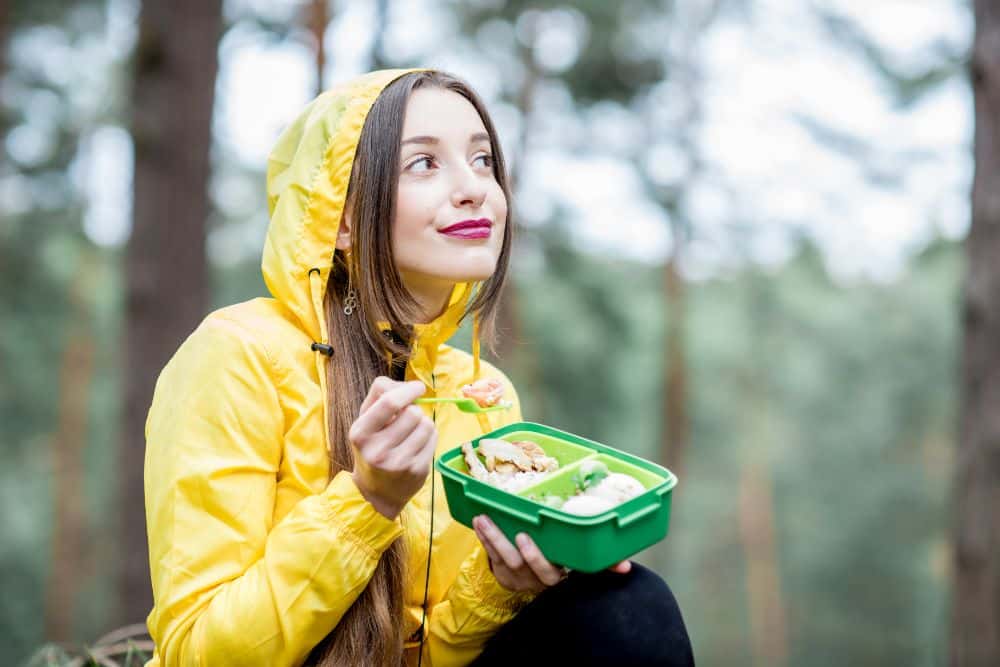
To maintain a balanced diet during this journey, it’s essential to have a variety of foods and snacks that provide the necessary energy and are easy to carry. Of course, these also need to fit your vegetarian or vegan preferences, ensuring that every meal keeps you strong and motivated to keep moving forward.
Nutritious Breakfasts
Starting the day with quick and energising options is key. Choose foods like oats, granola, fresh or dried fruits, and plant-based protein shakes to provide the necessary nutrients. Simple recipes that can be prepared in accommodations, such as whole-grain toast with avocado or natural jams, offer a healthy and delicious breakfast.
Energy-Packed Lunches
For lunch, opt for light yet hearty meals to keep your energy up in the afternoon. For example, hummus and vegetable wraps, mixed salads with legumes, or whole-grain sandwiches with roasted vegetables are perfect. All these ideas are easy to prepare and carry, and suit your dietary needs.
Balanced Dinners
At the end of the day, it’s important to enjoy comforting and nutritious dishes that aid recovery. Consider preparing stews with legumes, rice with vegetables, or wholemeal pasta with vegetable sauces. Use ingredients that are easy to find in supermarkets.
Healthy Snacks for the Road
Carrying healthy snacks for the road is key to maintaining your energy between meals. Options like nuts, homemade energy bars, and dried fruits are ideal. In addition to being easy to carry, they also offer benefits such as quick energy replenishment and satisfying cravings, ensuring you always have something nutritious on hand.
Vegetarian and Vegan Food Options on the Camino
During your adventure on the Camino from O Cebreiro to Santiago, finding vegetarian and vegan food options is absolutely possible. Similarly, on any route, you can follow a balanced diet without compromising your experience, exploring a variety of establishments and resources that cater to your dietary needs.
Suitable Restaurants and Cafés
Identifying restaurants and cafés that are suitable is key to proper nutrition. Look for menus that include vegetarian and vegan options, checking for symbols on the menu or asking the staff about available alternatives.
At various stages of the Camino, you’ll find specific recommendations for places offering vegetarian and vegan dishes. In addition to discovering new flavours, you’ll be able to maintain your energy throughout the day.
Supermarkets and Local Shops
Visiting supermarkets and local shops allows you to access a variety of fresh and packaged products, such as fruits, vegetables, legumes, and plant-based items. These will help you prepare your own meals and snacks during your journey, ensuring a healthy and varied diet.
To shop efficiently, it’s advisable to make a shopping list prioritising non-perishable and easy-to-carry foods.

